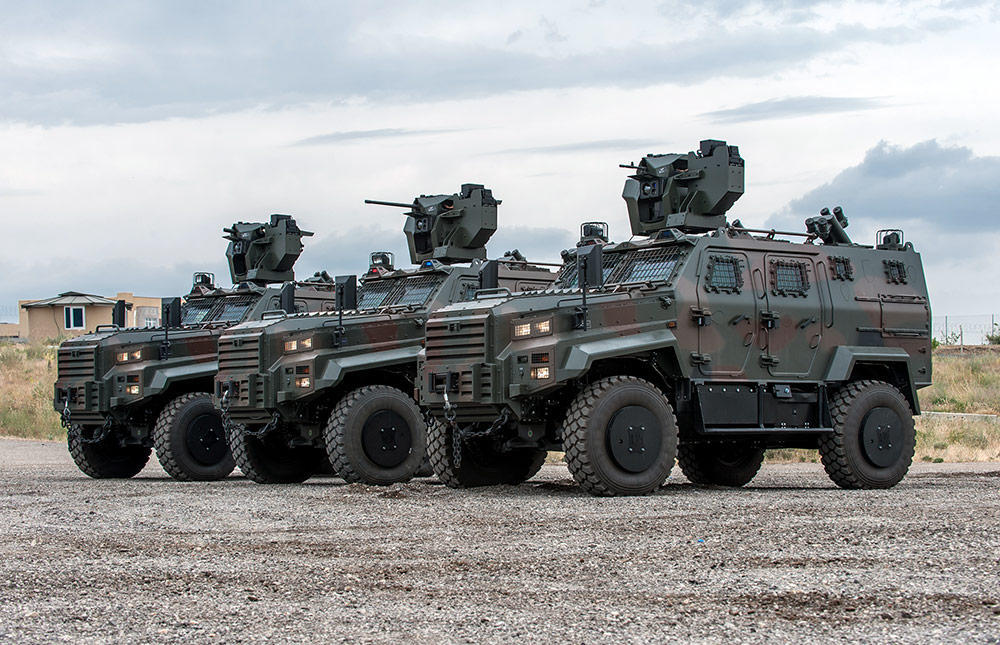Introduction
In the ever-evolving aviation industry, efficient management of operations is crucial for success. As airlines, airports, and other aviation organizations strive to improve their processes, Enterprise Resource Planning (ERP) systems have emerged as a vital tool. This article will delve into the world of ERP for aviation, exploring its benefits, implementation challenges, and the impact it has on streamlining operations. So fasten your seatbelts as we take off on a journey to discover how ERP revolutionizes the aviation sector!
Table of Contents
ERP for Aviation: An Overview
ERP for aviation refers to the implementation of specialized Enterprise Resource Planning software in the aviation industry. These robust software solutions integrate various departments and functions within an aviation organization, providing a centralized platform for managing operations, finances, human resources, inventory, and more. By consolidating essential data and automating processes, ERP systems enhance operational efficiency, reduce costs, and improve decision-making capabilities.

The Benefits of ERP for Aviation
1. Improved Operational Efficiency
ERP systems offer a comprehensive view of an aviation organization’s operations, enabling real-time monitoring and control. By eliminating manual data entry and automating routine tasks, ERP solutions streamline processes, reducing errors and increasing productivity. Whether it’s managing flight schedules, maintenance operations, or crew assignments, ERP for aviation enhances operational efficiency across the board.
2. Enhanced Data Visibility and Decision-Making
With ERP, aviation organizations gain access to accurate and up-to-date data from various departments. This data visibility allows stakeholders to make informed decisions, identify trends, and predict potential issues. By having a holistic view of their operations, aviation companies can optimize resource allocation, identify cost-saving opportunities, and respond quickly to market changes.
3. Effective Resource Management
Aviation companies deal with complex resource management, from aircraft and crew scheduling to spare parts inventory and maintenance. ERP systems provide tools to efficiently manage these resources, ensuring optimal utilization and reducing downtime. By automating inventory control and maintenance schedules, ERP for aviation minimizes costs, avoids operational disruptions, and prolongs the lifespan of critical assets.
4. Regulatory Compliance and Safety
The aviation industry operates under strict regulations and safety standards. ERP systems help ensure compliance by integrating regulatory requirements into their functionalities. From managing documentation, tracking maintenance records, to adhering to safety protocols, ERP for aviation assists organizations in meeting regulatory obligations, reducing risks, and maintaining a safe operating environment.
Implementing ERP for Aviation: Challenges and Considerations
While the benefits of ERP for aviation are significant, implementing such a system poses its own set of challenges. It is crucial for organizations to consider the following factors:
1. Customization and Scalability
Aviation organizations have unique requirements, and ERP systems must be tailored to their specific needs. Customization allows for seamless integration of existing processes, data, and workflows. Additionally, scalability is vital to accommodate future growth and expansion.

2. Data Migration and Integration
Migrating data from legacy systems to an ERP solution requires careful planning and execution. Ensuring data integrity, accuracy, and compatibility is essential. Integration with other software and systems, such as flight planning or crew management, is also crucial for maximizing the benefits of ERP for aviation.
3. User Adoption and Training
Implementing an ERP system requires the commitment of the entire organization. Proper training and change management strategies must be in place to ensure user adoption and minimize resistance. Providing comprehensive training and ongoing support will empower employees to leverage the full potential of the ERP system.
4. Data Security and Privacy
Aviation organizations handle sensitive data, including passenger information, financial records, and operational details. It is vital to prioritize data security and privacy when selecting an ERP solution. Robust security measures, data encryption, and compliance with industry standards and regulations are essential for protecting critical information.
FAQs About ERP for Aviation
1. What is ERP for aviation?
ERP for aviation refers to the implementation of specialized Enterprise Resource Planning software in the aviation industry. It streamlines operations, improves efficiency, and enhances decision-making capabilities within aviation organizations.
2. How does ERP for aviation benefit the industry?
ERP for aviation improves operational efficiency, enhances data visibility, enables effective resource management, and ensures regulatory compliance and safety.
3. What challenges are involved in implementing ERP for aviation?
Implementing ERP for aviation involves challenges such as customization and scalability, data migration and integration, user adoption and training, and data security and privacy.
4. Can ERP for aviation be customized according to an organization’s specific needs?
Yes, ERP systems can be customized to suit an aviation organization’s unique requirements, allowing for seamless integration of existing processes and workflows.
5. How does ERP for aviation contribute to cost reduction?
ERP for aviation automates processes, eliminates manual data entry, and optimizes resource allocation, resulting in cost reduction across various aspects of aviation operations.
6. Is data security a concern when implementing ERP for aviation?
Yes, data security and privacy are crucial considerations when implementing ERP for aviation. Selecting an ERP solution with robust security measures and compliance with industry regulations is essential for protecting sensitive information.
Conclusion
In an industry as complex and dynamic as aviation, ERP systems offer a comprehensive solution for streamlining operations, enhancing efficiency, and ensuring compliance. By integrating various functions, providing data visibility, and automating processes, ERP for aviation empowers organizations to make informed decisions, reduce costs, and optimize resources. As the aviation sector continues to evolve, embracing ERP systems will be pivotal for staying ahead of the curve and achieving sustainable growth.




